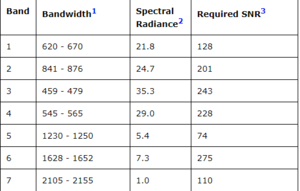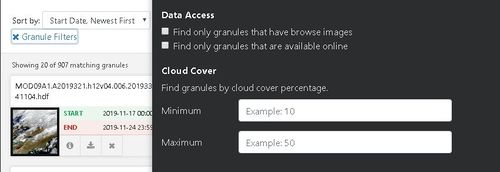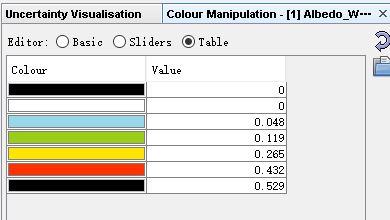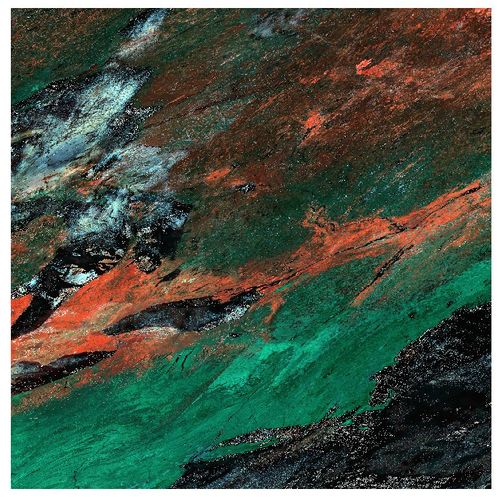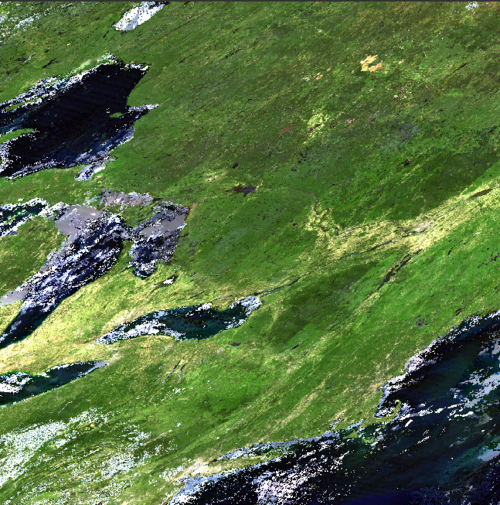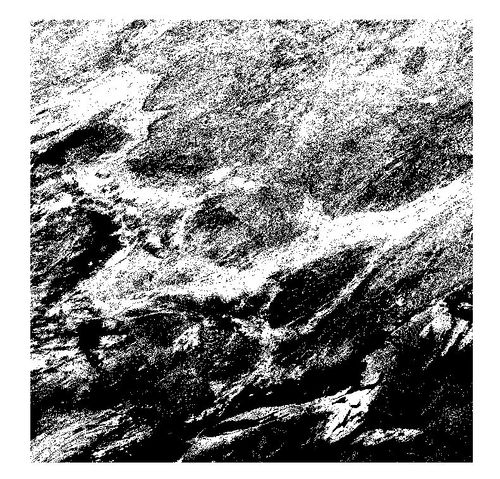Albedo Data and Surface Reflectance Data Visualizations in SNAP using MODIS Imagery
Contents
Purpose
Introduction
Albedo
Albedo is the ratio of the amount of irradiance that is reflected by a surface to the total incoming irradiance. Albedo measured on a scale from 0 to 1. For example, a white-colored object reflects most of the incoming light and absorbs very little whereas, a black object will absorb most of the incoming light.
MODIS
MODIS is Moderate Resolution Imaging Spectroradiometer which on board
MODIS has 36 bands in total, but we are going to use band 1 to band 7 in this project. Band wavelength for all 1 to 7 are in nm.
Pros
Unlike Landsat or Sentinel product, MODIS provides daily satellite images. Daily images can help us to better understand what is occurring in the earth, or atmosphere. Also, MODIS is commonly using for detecting forest fires, floods or climate changes.
Cons
Resolution is way lower than Sentinel images. Most MODIS products have 500m or 1km resolution.
Cloud sensitive, which means MODIS cannot penetrate clouds. Fortunately, MODIS has built-in a cloud mask to remove clouds. Moreover. you can find MODIS image by cloud cover percentage through granule filters when you are downloading the product from NASA Earth data search.
Methods
Data Acquisition
MODIS albedo and surface reflectance products can be download at NASA Earth Data Search. You have to register an Earthdata account before downloading the product.
MODIS related product are open to public and free to download.
In this tutorial, we are going to visualize one albedo product (MOD43A3) and one surface reflectance product (MOD09A1).
You can view the full description in the product selection page.
Albedo Visualizations
Open the albedo product in SNAP and select "Albedo_WSA_shortwave" under the band selection. The MODIS albedo product provides three different types of albedo value, bidirectional, black sky albedo and white sky albedo. In this tutorial, we are going to visualize WSA (white sky albedo).
Go to Colour Manipulation, select "Basic" as editor type and choose a proper colour ramp. For albedo product, we usually choose light colour to represent small albedo area and dark red colour to represent high albedo area.
The output map with albedo value is shown below, and you can view each colour correspond to the relative albedo value under (Colour Manipulation - Table).
Surface Reflectance Visualization
NDSI
Remote sensing index can be calculate by MODIS image.
NDSI is Normalized Difference Snow Index. NDSI are commonly used in cloud or snow differentiation. Cloud and snow are all shown as bright colour in a true colour image, however, snow is getting darker when the wavelength is greater than 1.6mm. According to the MODIS band wavelength above, for MODIS data the NDSI is calculated as:
NDSI = (Band 4 - Band 6) / (Band 4 + Band 6)
The calculation can be done by "Raster Calculator" under Data Management Tool.
